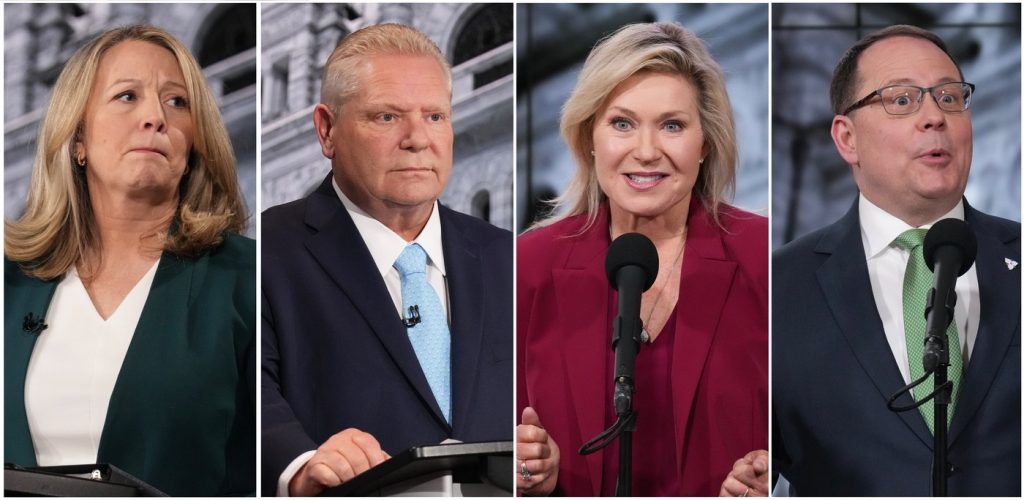Ontario's political landscape is heating up as the main party leaders return to the campaign trail following their second and final debate ahead of the upcoming provincial election. The snap election is set to take place on February 27, 2025, prompting leaders to mobilize their support and finalize their messages as voters prepare to make their choices.
Progressive Conservative Leader Doug Ford is kicking off his day with an announcement in Sault Ste. Marie, Ontario, before making his way to Sudbury. His stops are strategically planned to engage with voters in key regions of the province, aiming to solidify his party’s support base as election day draws near.
On the other hand, NDP Leader Marit Stiles has scheduled a morning announcement in Toronto, a city that is significant in shaping the electoral outcome for Ontario. Later in the evening, she will hold a rally, which is expected to draw considerable attention and support from party members and constituents alike. This showcases her commitment to connecting with voters and emphasizing her campaign goals.
Liberal Leader Bonnie Crombie is also prioritizing her campaign efforts with an announcement planned for the morning in Hamilton. Following this, she will return to her home turf of Mississauga, where she will likely focus on local issues that resonate with her constituents. Crombie's focus on her home city is indicative of her strategy to galvanize support closer to her base.
Lastly, Green Party Leader Mike Schreiner is engaging with voters through planned stops in Toronto and Flesherton, Ontario. His efforts underscore the importance of environmental issues and sustainability in the current political discourse, aiming to attract voters who prioritize these themes in the election.
This heightened activity among the party leaders comes after a crucial debate held on February 17, 2025, at the CBC Broadcast Centre in Toronto. The debate provided a platform for the leaders to discuss their policies, engage with one another, and showcase their visions for the province. The stakes are high, as each leader seeks to differentiate themselves from their opponents and capture the attention of undecided voters.
As the campaigns ramp up, the focus will likely be on key issues that matter to the electorate, such as healthcare, education, and economic recovery post-pandemic. Each party leader’s announcements and rallies will serve as pivotal moments to communicate their platforms and connect with the public in an effort to secure votes for the upcoming snap election.
In summary, the final campaign push by Ontario’s political leaders reflects the intense competition that characterizes provincial elections. With important announcements and rallying events taking place across various cities, each party is set to intensify its outreach efforts as the race to the February 27 election date continues.










